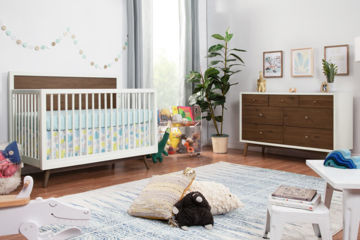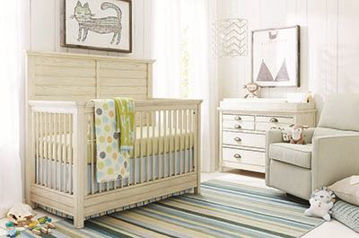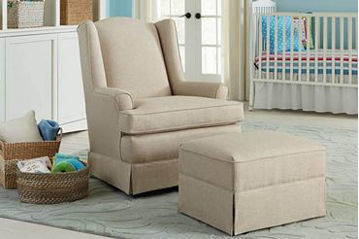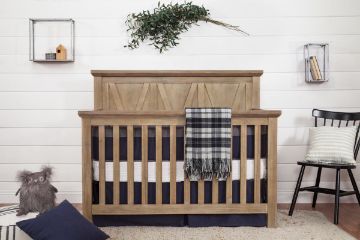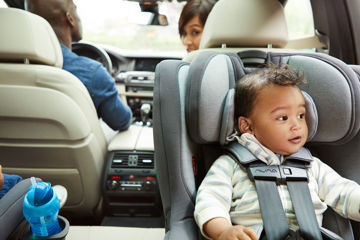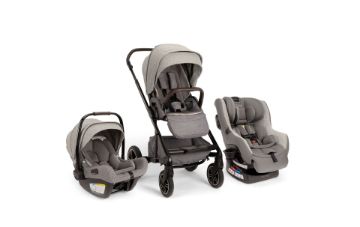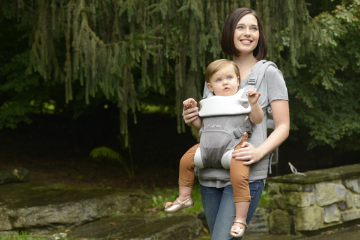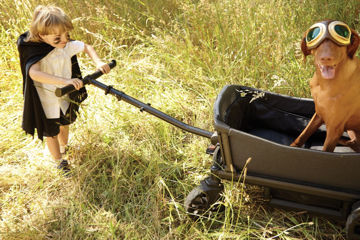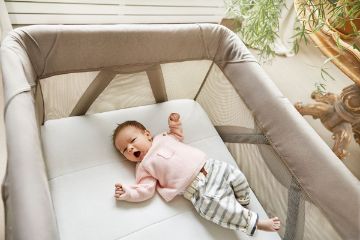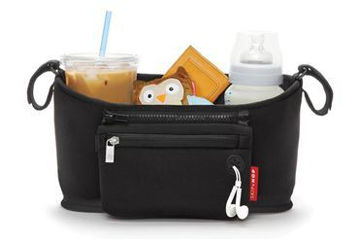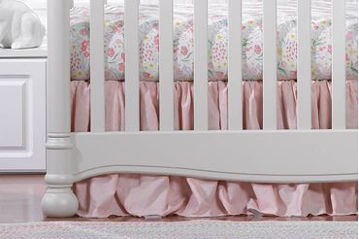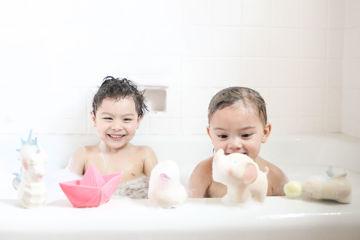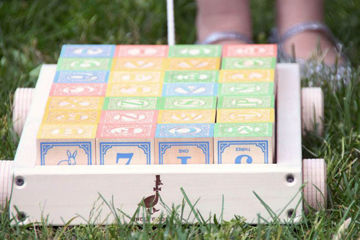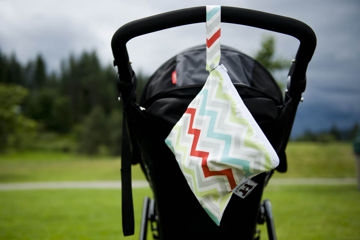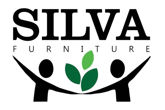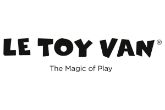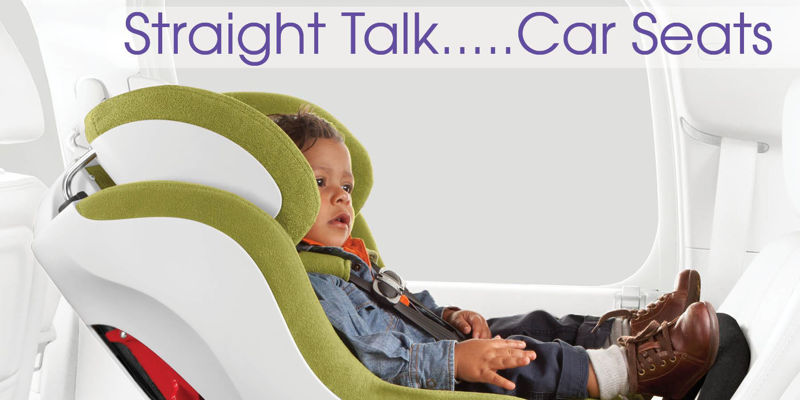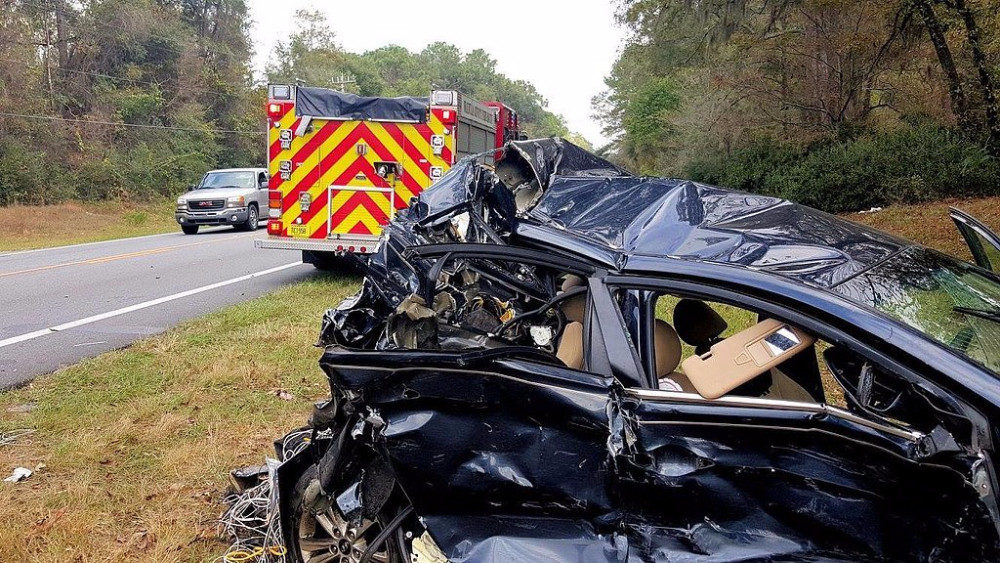I’ve been selling baby products for a large number of years now. I’m starting to see the kids that I originally designed bedding for as an infant come back and they are entering college this year. The Columbia, SC location has been in business for over 35 years so we are now dealing with multiple generations having slept in our cribs or beds. All this experience has taught me something important: occasionally parents need a reality check. Parenting is hard: being the ultimate ‘decider’ for an infant in your care can be overwhelming. There are tons of resources for parents and parents to be. In the age of instant information overload (the internet) it is exhausting trying to process all the information. A while back I wrote a little post, ‘straight talk about safe sleep’, to hopefully demystify all the noise out there regarding safe sleep practices. I think it is about time to do the same about an even more important topic: Car Seats
Car Seats are the #1 Safety Purchase for your child.
There is not a single other product on the market that is required by a hospital for you to exit their doors after giving birth. The evidence is sound, ubitiquous and lengthy: A CHILD IS SAFER IN A PROPERLY USED CAR SEAT. Most people seem to get this with that sweet little infant that can’t walk or crawl or talk…. but the proper use of car seats drops off quickly after those developmental milestones are reached.
Barriers to Proper Use of Car Seats
This little section might be hard for a few of you to read, but you need to hear this again if it pertains to you.
The barriers to proper uses of car seats are two fold and pretty simple:
- parent is not educated about proper use
- parent opts out of appropriate use because it is ‘hard’
Of the reasons someone is not using a car seat appropriately, only the first is truly acceptable. The second one, where the parent’s are opting out…. well, all we can hope is that continued education, peer pressure and encouragement will change that for those parents. Some of the most common improper uses of carseats and the rationale given by parents are:

No pouting, whining, temper tantrums or poor attitude should ever dissuade you from the best practices in safety.
- transitioning to forward facing earlier than advised : ‘they don’t like it’, ‘so i can see them’, ‘their legs will get cramped’, etc.
- transitioning out of 5 point harness before advised : ‘they don’t like it’, ‘i needed the seat for a different child’, ‘none of their friends use 5 point’, etc
- transitioning to seat belt only without booster: ‘they don’t like it’,’none of their friends use a booster’, ‘they won’t have it when they ride with (dad, grandma, aunt sally….), etc.
I hope you can see the trend and the absurdity of these rationales for not using a car seat appropriately. In almost every case where we have spoken to a parent that is knowingly misusing a child restraint, they are making the decision because the parent ‘perceives’ an issue that doesn’t exist or they have allowed the child to make the determination about their safety. This is not parenting behavior. The reality of a severely injured (or dead) child versus the parent’s perception of a child ‘not liking’ their car seat seems like an idiot’s decision.
Recommended Proper Use of Car Seats:
Up to the age of puberty, children are much more susceptible to injury than the same sized adults. The seats in automobiles and the restraints (seat belts and airbags) are not designed for children. For these reasons there are some recommendations for best practices in automotive car safety:
-
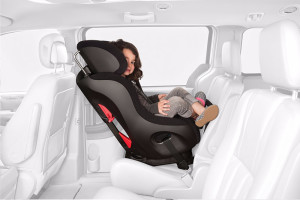
Rear-facing to 50lbs/43 inches is our recommendation although most states have a ‘2 year’ law on the books we think longer is better and parents should aim for 4 years.
Rear Facing – in general a child is safer rear-facing as long as possible. The limitation on this seems to be the manufacture’s ability to get a seat tested and approved. Currently on the market, are seats that allow extended rear facing up to 50 pounds and/or 43″ in height. InSweden this standard of Rear-facing through age 4 is already in place and they are reporting zero fatality rate for children below 6 years of age. Given their success in protecting children, I would expect other countries in Europe to follow suit. There are plenty of rear-facing car seats in the US allowing up to 40 lbs. A handfull of US seats are approaching this from the European standards, including the awesome Clek Foonf and Fllo allowing rear-facing to 50 pounds. Most states in the US are recommending or requiring 2 years rear-facing and we consider this the bare minimum. With options available to rear-face until the age of 4, 50 lbs or 43 inches height, smart parents should opt to this proven strategy for protecting their child. My guess is that there will be new seats hitting the market over the next few years allowing rear-facing upto 60 or more pounds since there is such strong evidence of the protective nature of this position.
-
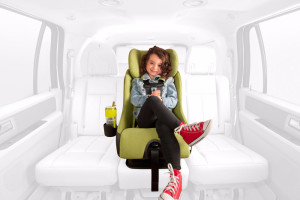
forward face in 5 point harness up to 65lbs and 5 foot tall.
Forward Facing in 5 point Harness – We recommend keeping a child in 5 point harness as long as physically possible, up to 65 pounds and 5 foot tall. I know there are plenty of adults below 5 foot height that are not in a 5 point harness, but there are significant differences in bone density and development prior to puberty. Spinal injuries are most prevalent in children and pre-adolescents due tonot being properly restrained in an automobile accident. The five point harness on car seats helps in protecting in an accident and the side impact protection in most full size car seats is also extremely protective and beneficial. Ultimately drawing the line in the sand with a child “you can go to Disney in the carseat, or you can stay home’ might have to occur, but safety is the first concern ALWAYS.
-
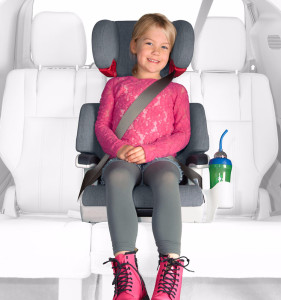
full back booster with side impact protection until 100 pounds or 57″
Use of Booster – a full back booster with significant side impact protection is recommended for all pre-adolescent children up to 100 pounds and 57″ in height. This can become a battle of wills between parents and children, but ultimately providing the most protective environment for your child to travel in an automobile is the responsibility of the adult in the relationship.
Final Words and Resources
Unfortunately this was not a ‘lovey-dovey’ article to write. It might come across as harsh and preachy, for that I am apologetic about the tone, but not the content. We wish you and your family only the safest of journeys through this life and hope to be a resource in evaluating the fun stuff (like art work and custom bedding, etc) as well as the harder stuff like the ‘right car seat’. In each of our locations we have multiple CPST (child passenger safety technicians). Each of these individuals have spent multiple hours training and testing to attain this certification. They will be happy to assist you in evaluating the install of your existing car seat. We also offer a selection of, what we consider, the most advanced and safest car seats on the market. The difference between the most technologically advanced carseat on the market and the one that just ‘meets’ the standards is about $100-$200. $200 dollars is not a little bit of money, but when you are talking about protecting your child for the next 8 years it just doesn’t seem like something most people need to skimp on.

